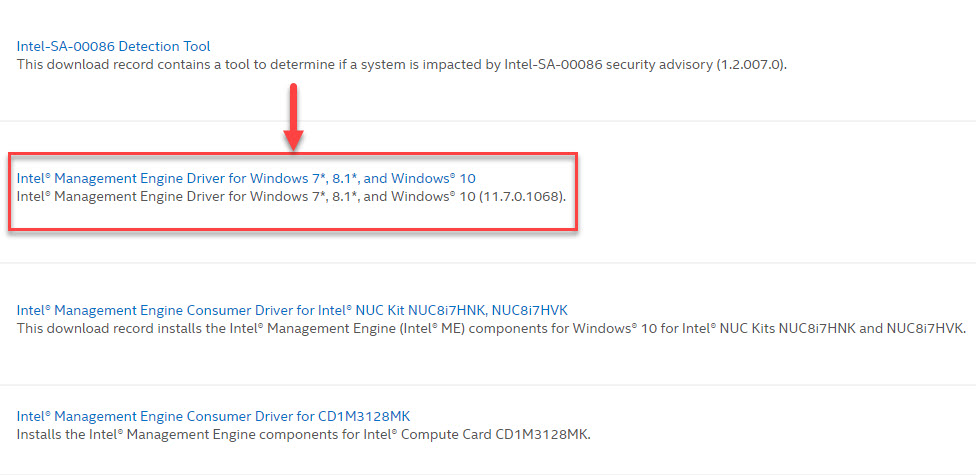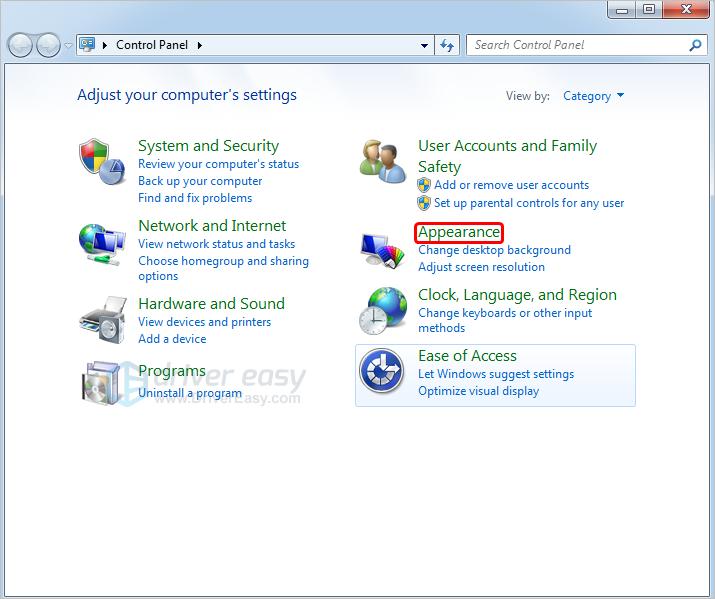

Select Choose when to turn off the display. In the right pane, click on Additional power settings. Navigate to Power & sleep in the left pane. If this is what is causing this issue in your case, you can fix it by resetting and then re-configuring your power settings. In most cases, the root of this problem are customized power plan settings – if you have custom power settings and you upgrade to a newer version of Windows, the new Operating System may not be able to cope with and support your custom power settings and, as a consequence, cause your computer to go to sleep after every 1-4 minutes of inactivity. Thankfully, though, this problem is pretty fixable, and the following are the two solutions that have proven to be most effective in resolving this problem: Solution 1: Resetting and then re-configuring your power settings This seems to happen even if an affected user has set their computer to go to sleep after a longer period of time, which is why this problem can be quite troubling.

For some affected users, their computers go to sleep after 2 minutes, whereas some affected users have reported 3-4 minutes of inactivity triggering the problem in their case.

After upgrading from an older version of the Windows Operating System to Windows 10, or even after upgrading from an older build of Windows 10 to a newer one, quite a few users start experiencing a variety of problems, chief among them being their computer going to sleep after 1-4 minutes of inactivity.


 0 kommentar(er)
0 kommentar(er)
